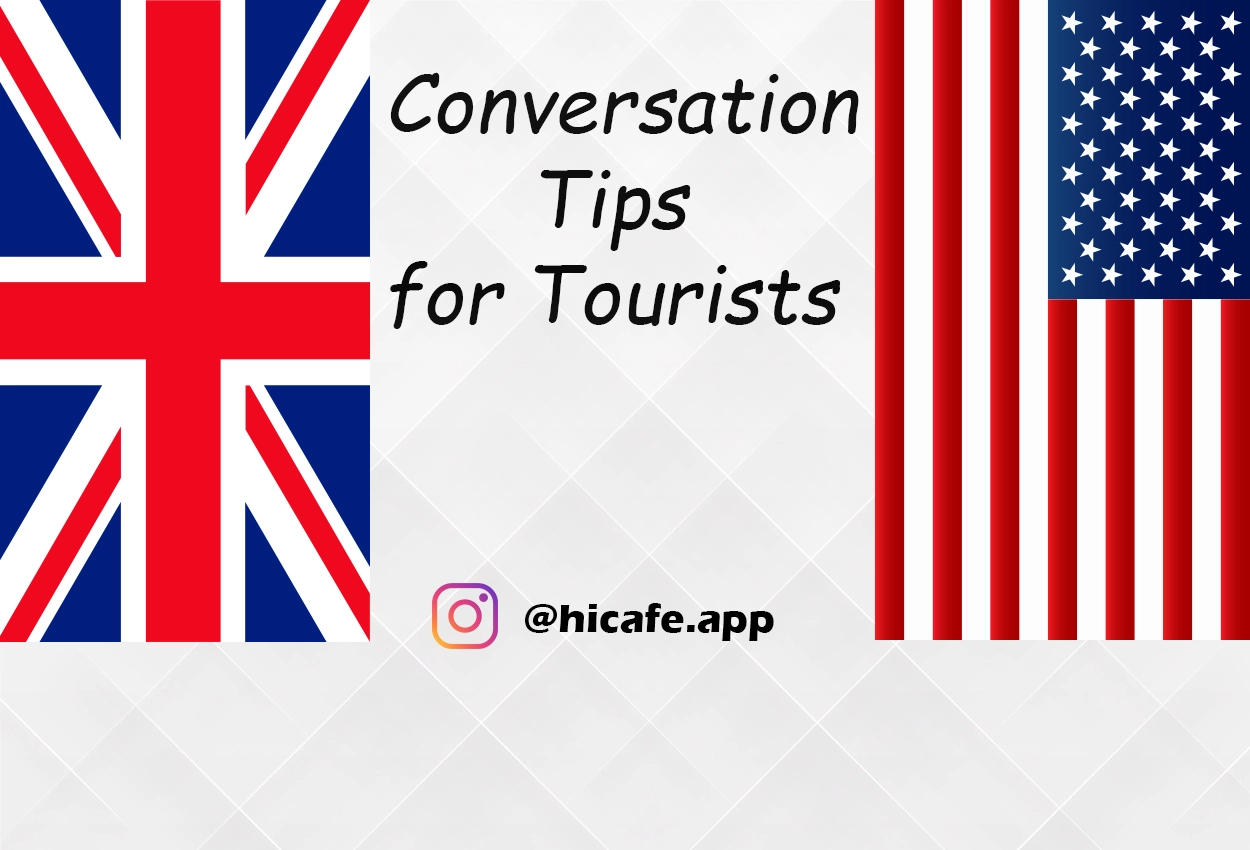Welcome to our guide to common places of interest for tourists! Whether you’re exploring a city, town, or the countryside, there are plenty of attractions to visit and activities to enjoy. If you decide to travel to another country for business or pleasure, the tips provided in this lesson will help you make the most of your trip or vacation. This lesson teaches English conversation for tourists.
Previous Conversation Tip Lesson
Phrases For Giving Directions in English
English Conversations with Tourists
As a tourist, it is a good practice to research and learn about your destination country or city prior to your trip. Once you arrive at your destination country and city, you can ask more questions from locals and complete your research. Thus, the tips in this lesson can be used prior to and after arriving in the destination country. In short, in this lesson, you learn a practical list of vocabulary to help you find museums, historical sites, cultural events, and local landmarks with ease.
Famous tourist attractions
There are many types of museum:
- Local history museum / Town museum = where there are displays of objects found in the local area, or which are important to the local area.
- Art gallery = where you can see paintings, photographs and sculptures, as well as exhibitions of particular artists.
In some major cities in USA or Europe (like London), there are many other types of museum, such as:
- Natural History museum = a museum where you can see everything related to Earth and to the history and development of Earth, such as dinosaur skeletons, fossils, etc.
- Science Museum = a museum where you can see scientific and technological developments and discoveries. Often these museums have interactive displays.
- Others museums related to history and culture of destination country like the London Dungeons (a museum which recreates historical events), a Maritime museum
Famous attractions
Tourists often visit churches and cathedrals, as well as other historic buildings.
Other attractions include historical sites of interest (such as Roman ruins and famous battle or burial sites), as well as parks, gardens, and stately homes (= big houses owned by aristocrats) and castles.
Some palaces (= house for the royal family) or parliament buildings are also open to visitors.
Things to do
You can go and see an exhibition (in a museum or art gallery).
You can also go to a festival (such as a music or arts festival) or a fair (often an annual event with various stalls to raise money for a charity or a town).
You can also go to hear live music (a concert of classical music or a gig of rock or folk music).
Other cultural attractions are the opera, plays (with actors) and the ballet.
In some towns you can also go to the funfair (where you pay to go on rides) and theme parks, such as Disneyland, for example.
Local attractions
These might be areas of natural beauty, such as mountains, lakes and the coastline.
For towns on the sea, other places to enjoy can be a promenade (walking area next to the sea), a pier (a long walking area built out over the sea) and a lighthouse (tall building where a light shines to show ships where the dangerous areas of the sea are). The harbor (area where ships come in) can also be a popular area for restaurants and shops.
English speaking: Information for tourists and visitors
In the Tourist Information office (available in most of the popular destination cities) you can ask about the opening hours (or opening times) for parks, museums and galleries, etc.
You can also ask if there is an entrance fee or admission cost. For many attractions there is a car park nearby (but not always free parking). Some parks, gardens and historical buildings are open to the public only at some times of the year.
You can also ask if there is a gift shop (or souvenir shop) or refreshments (a bar or cafe that serves drinks, snacks or light meals).
Many tourist attractions arrange tours for visitors (guided tours or audio tours) and you can find information in brochures and leaflets (a one-page brochure folded vertically into two, three or four pages), or on posters and flyers (small piece of paper)
Conclusion
We hope this guide has given you a glimpse of the diverse attractions waiting to be discovered during your travels. From breathtaking natural landscapes to cultural attractions, there’s something for everyone to enjoy. Don’t hesitate to stop by a tourist information office for more details about opening hours, entrance fees, and guided tours. Happy exploring!
Next Conversation Tip Lesson
Look and Looks Like Difference
Related Conversation Lessons
None
Practice Conversation with HiCafe App
By using HiCafe App, you can join free discussion events and Practice English Conversation online or in-person and improve your verbal skills.
All Conversation Lessons
To see and read all of our conversation lessons, you can visit our Improve English Speaking Skills page.



